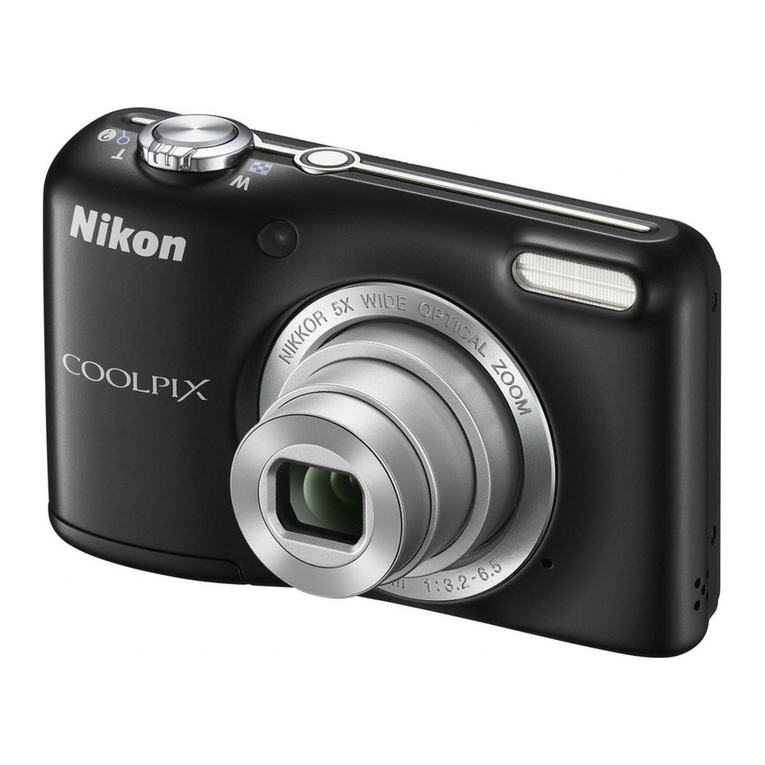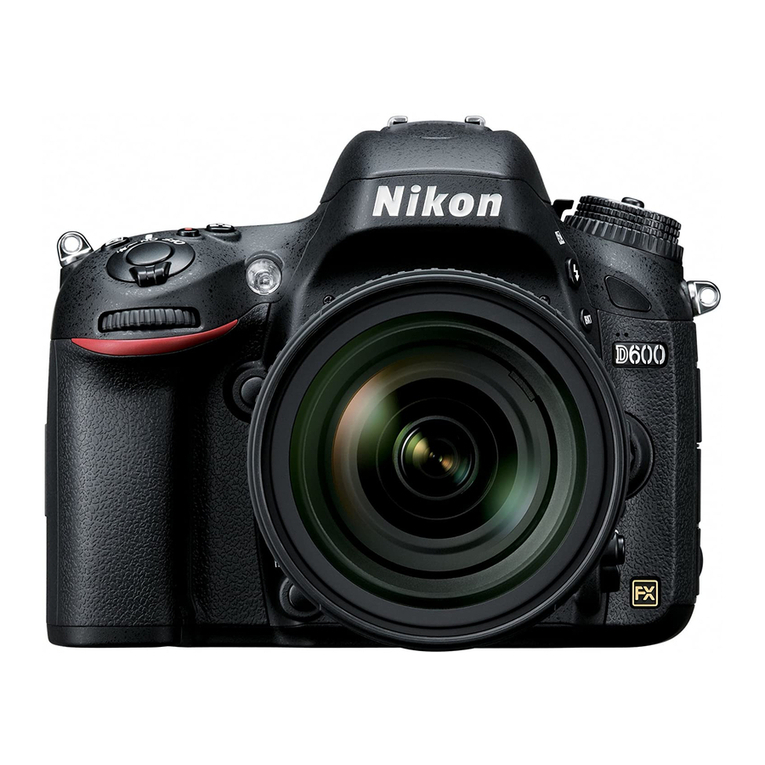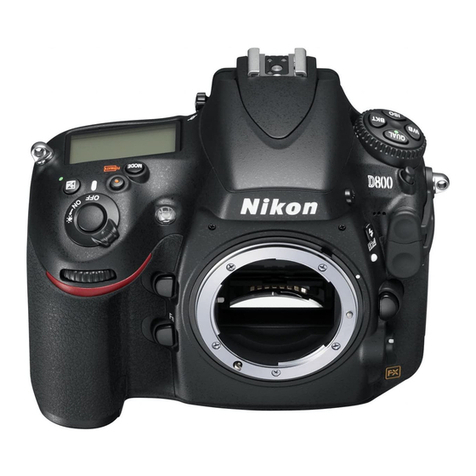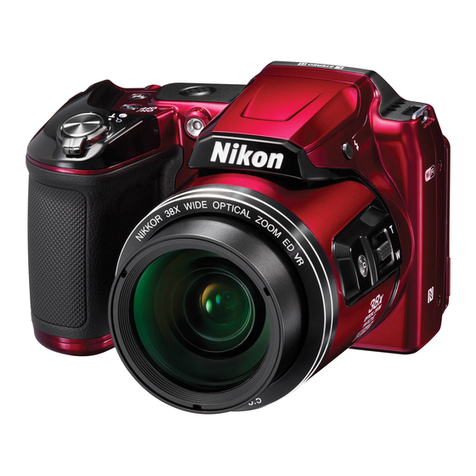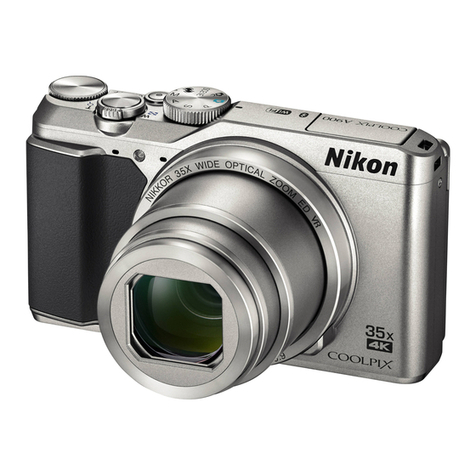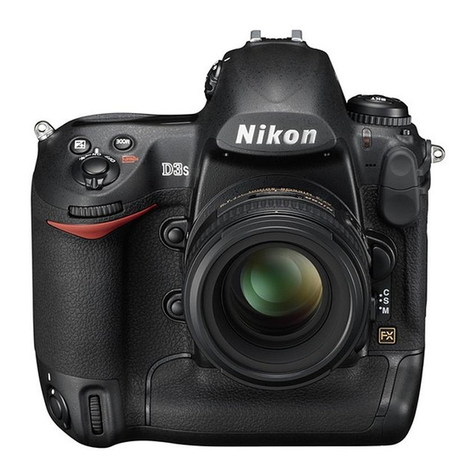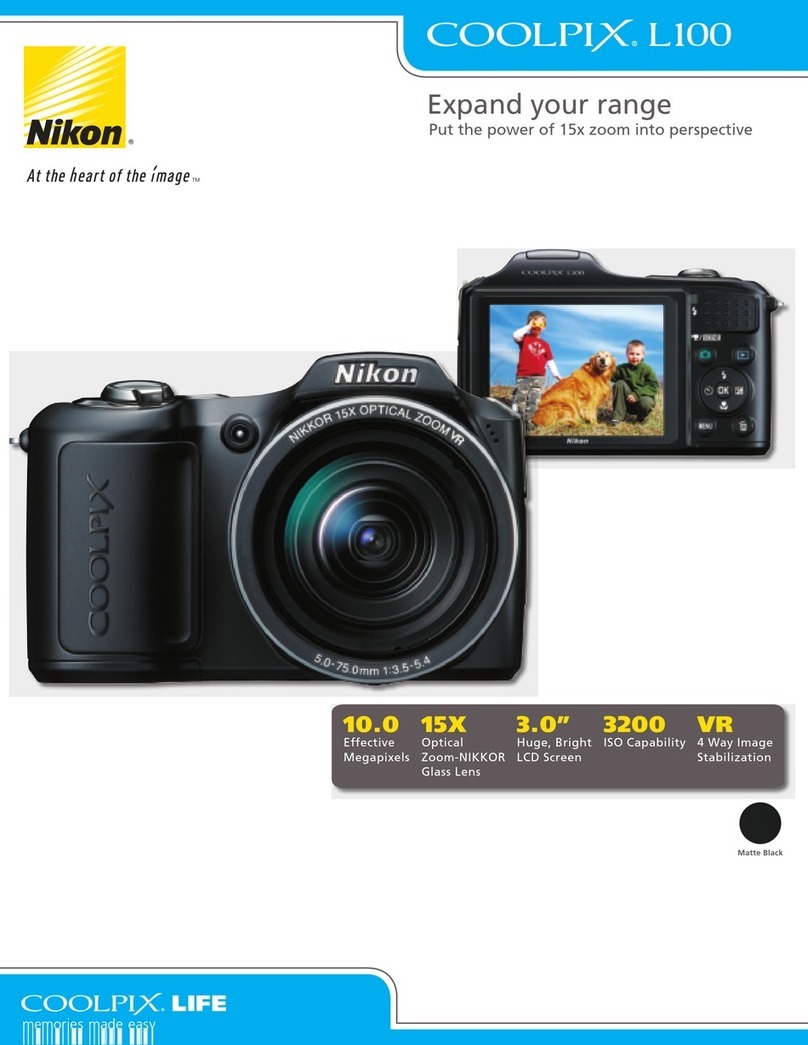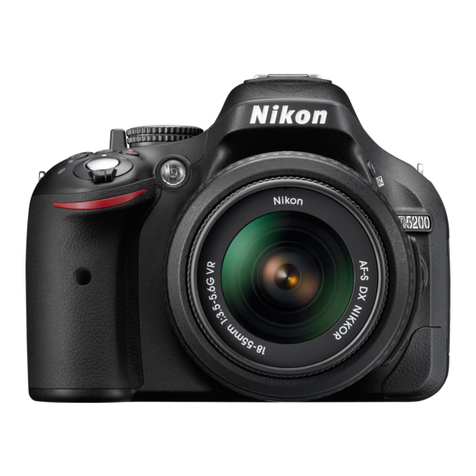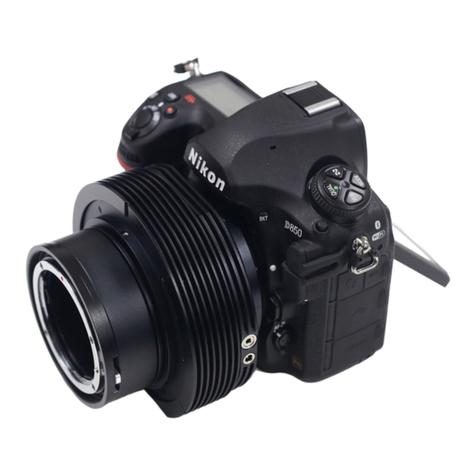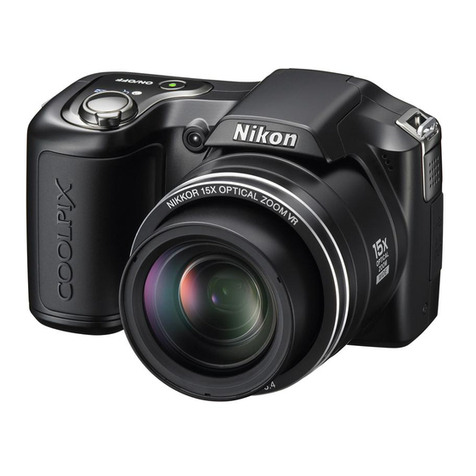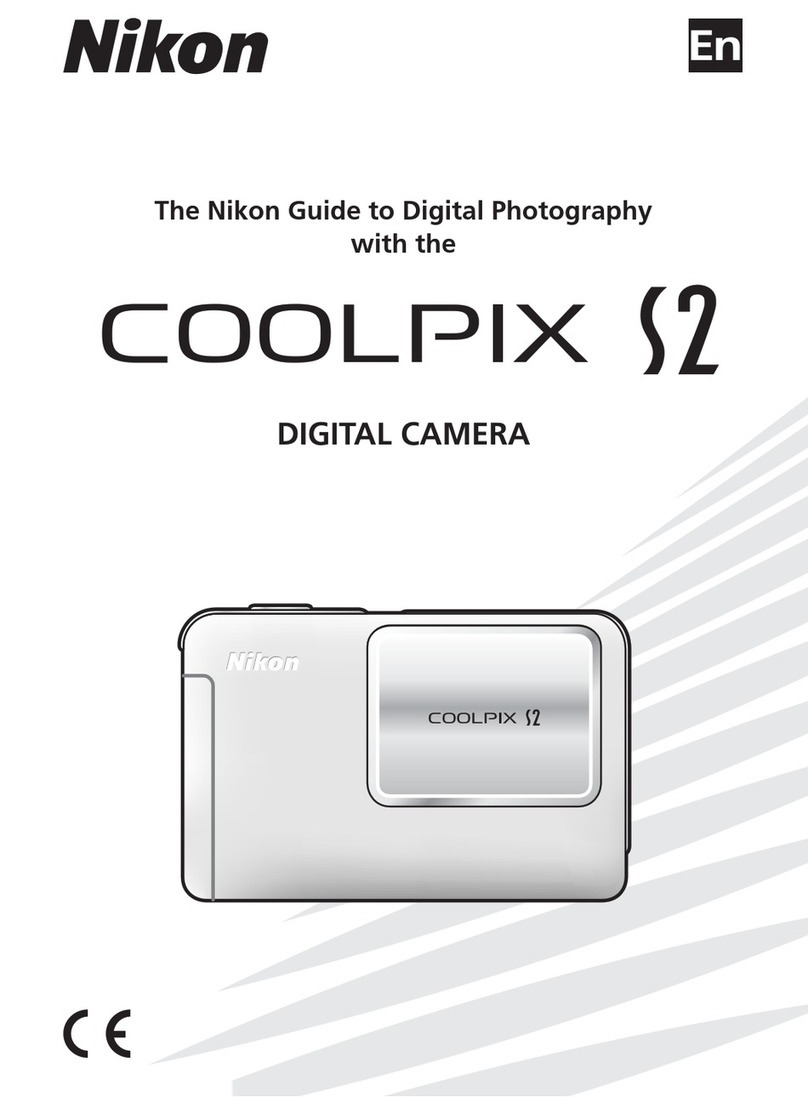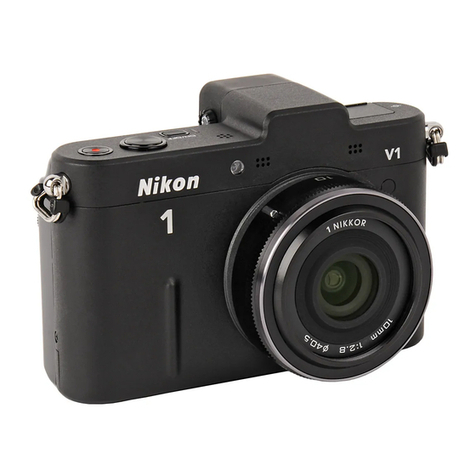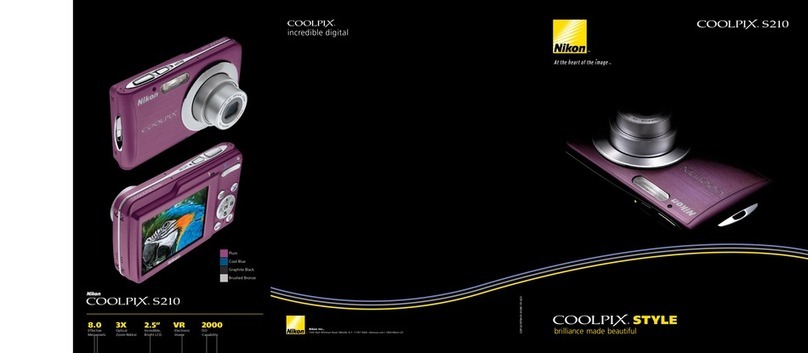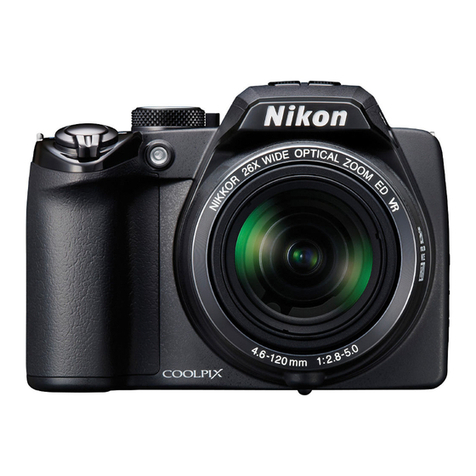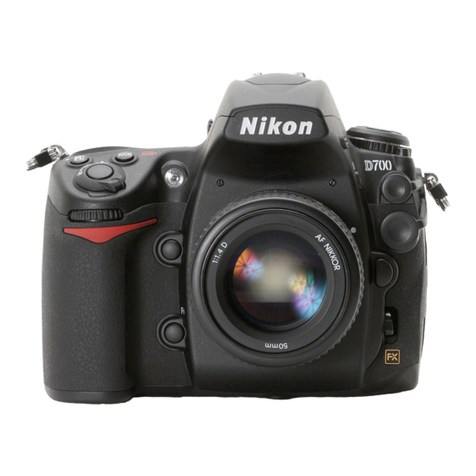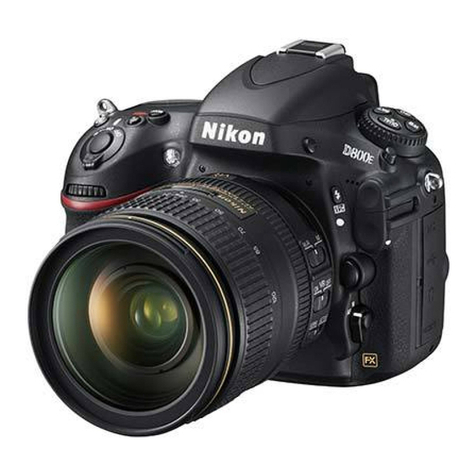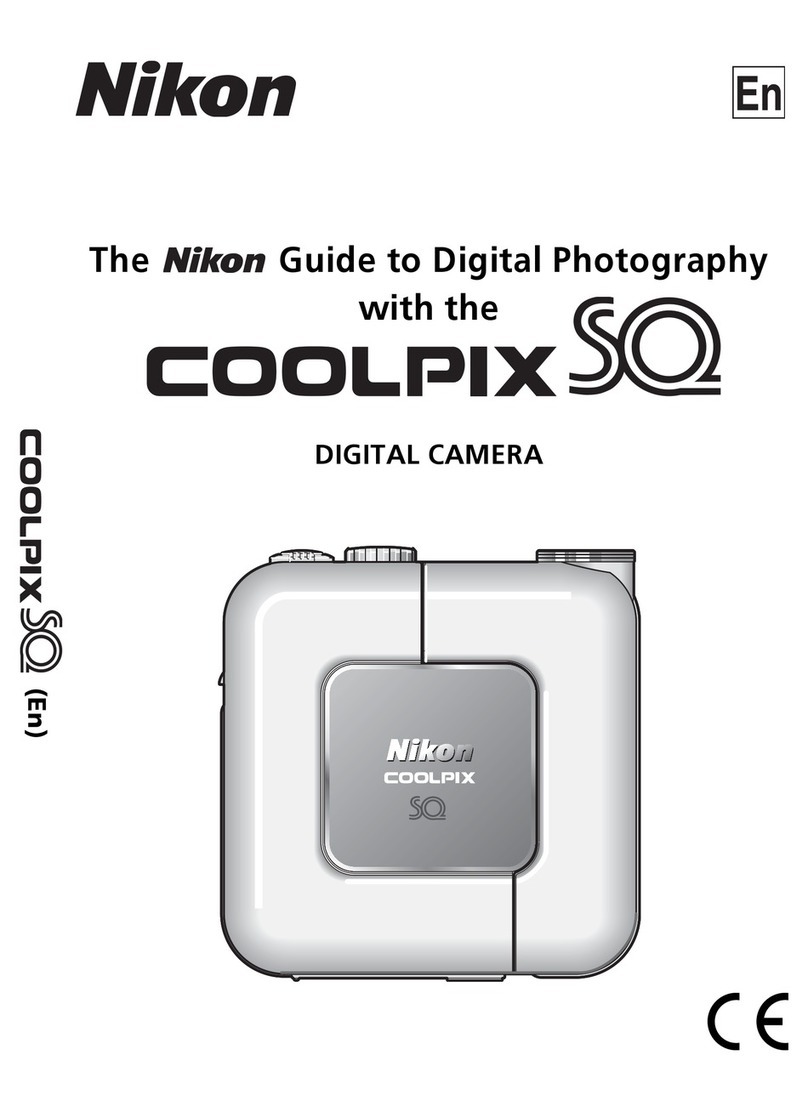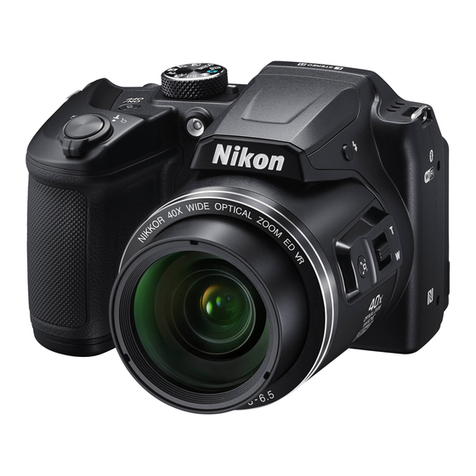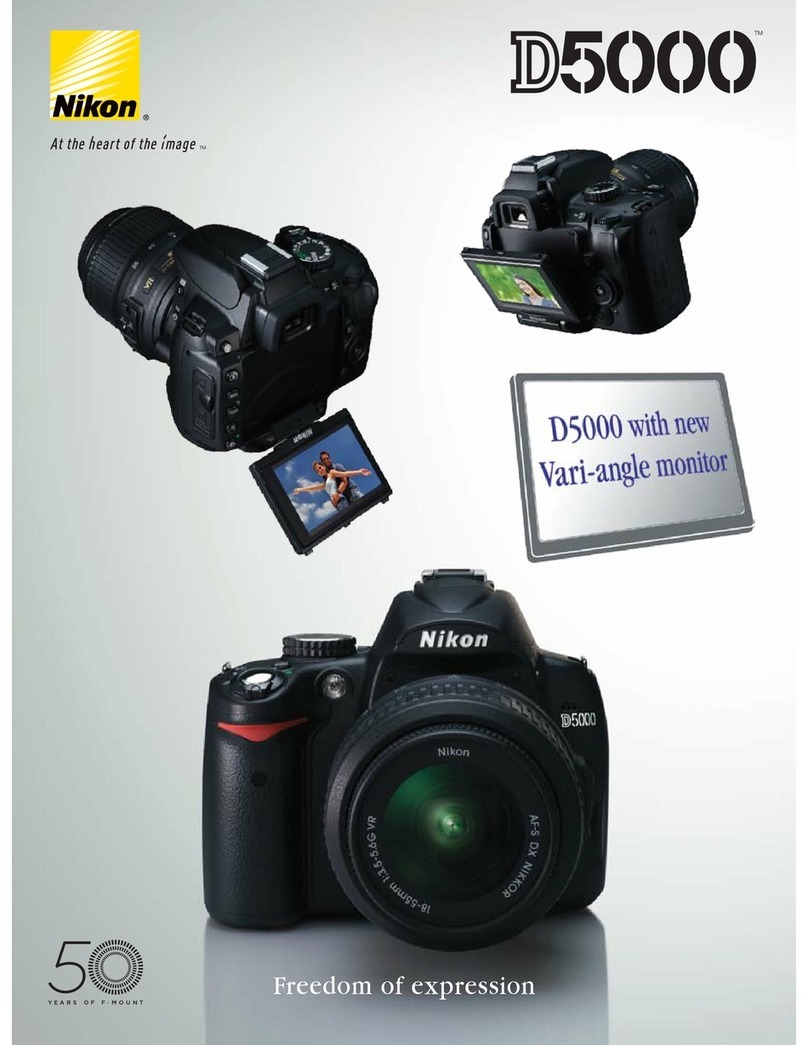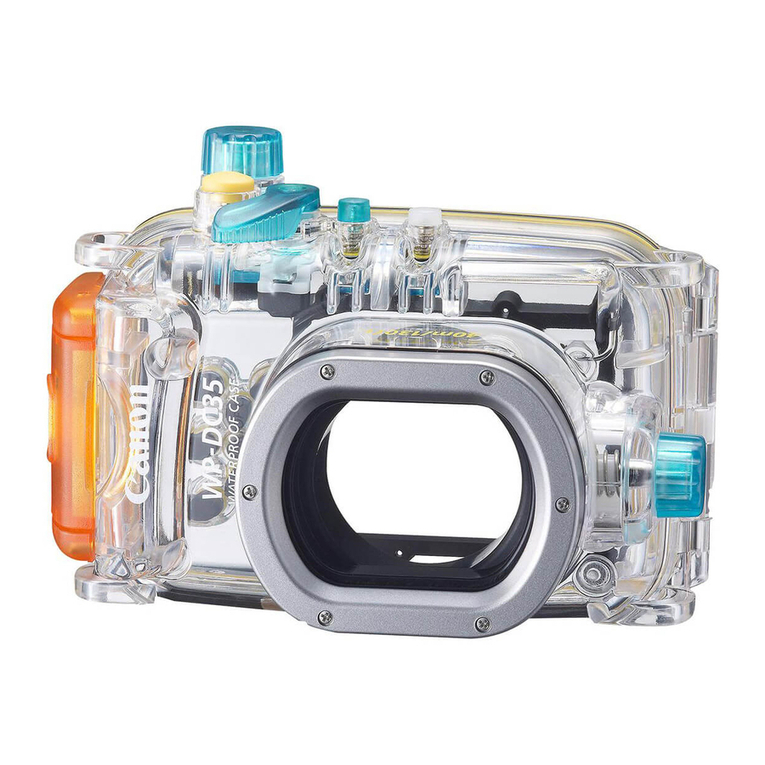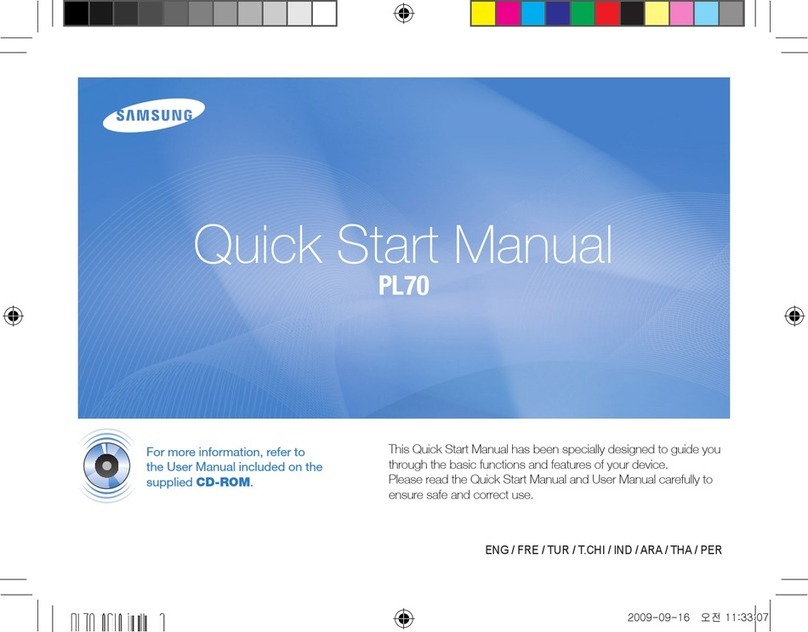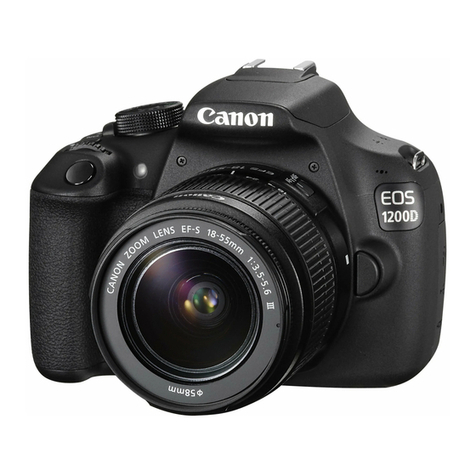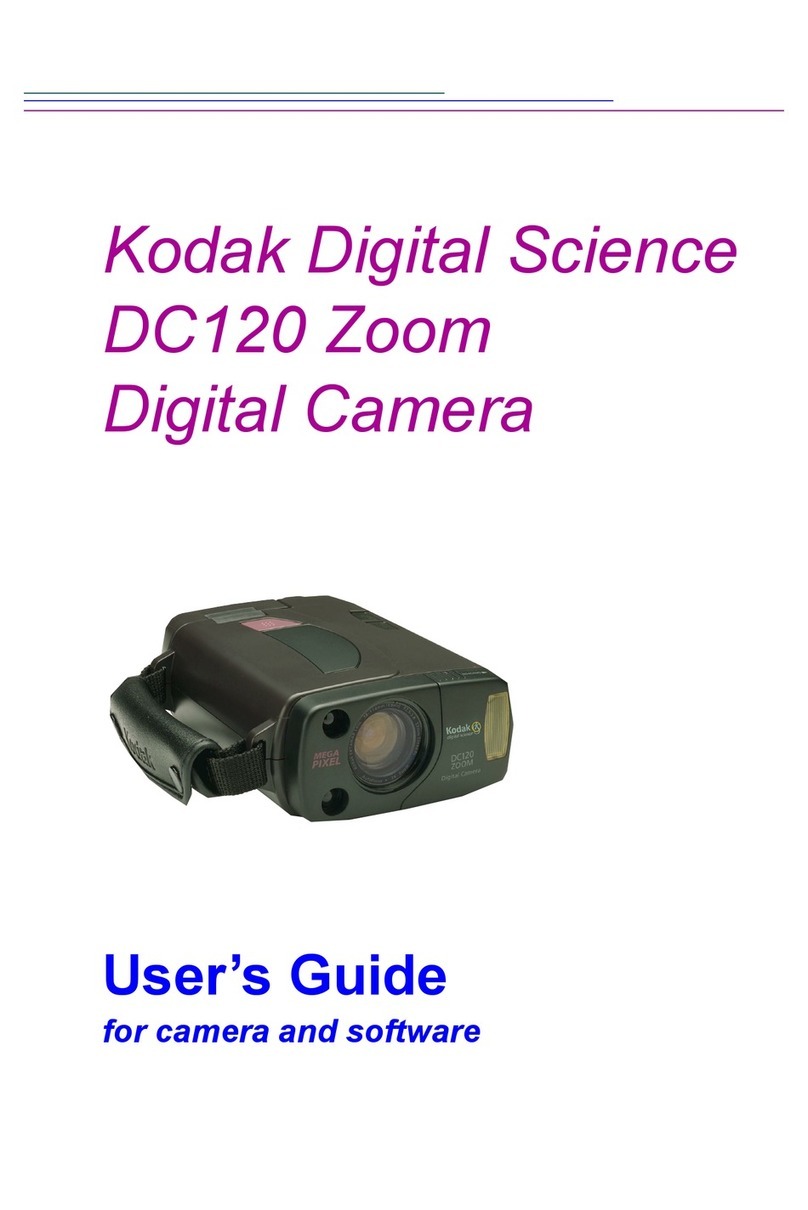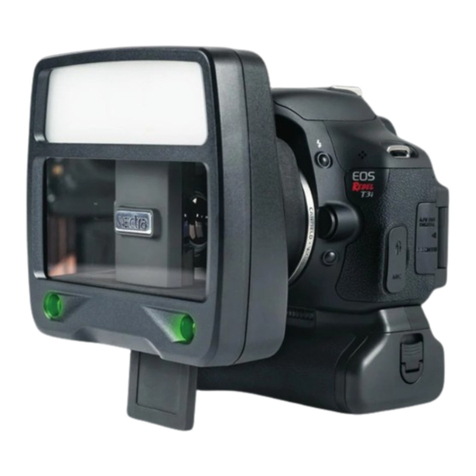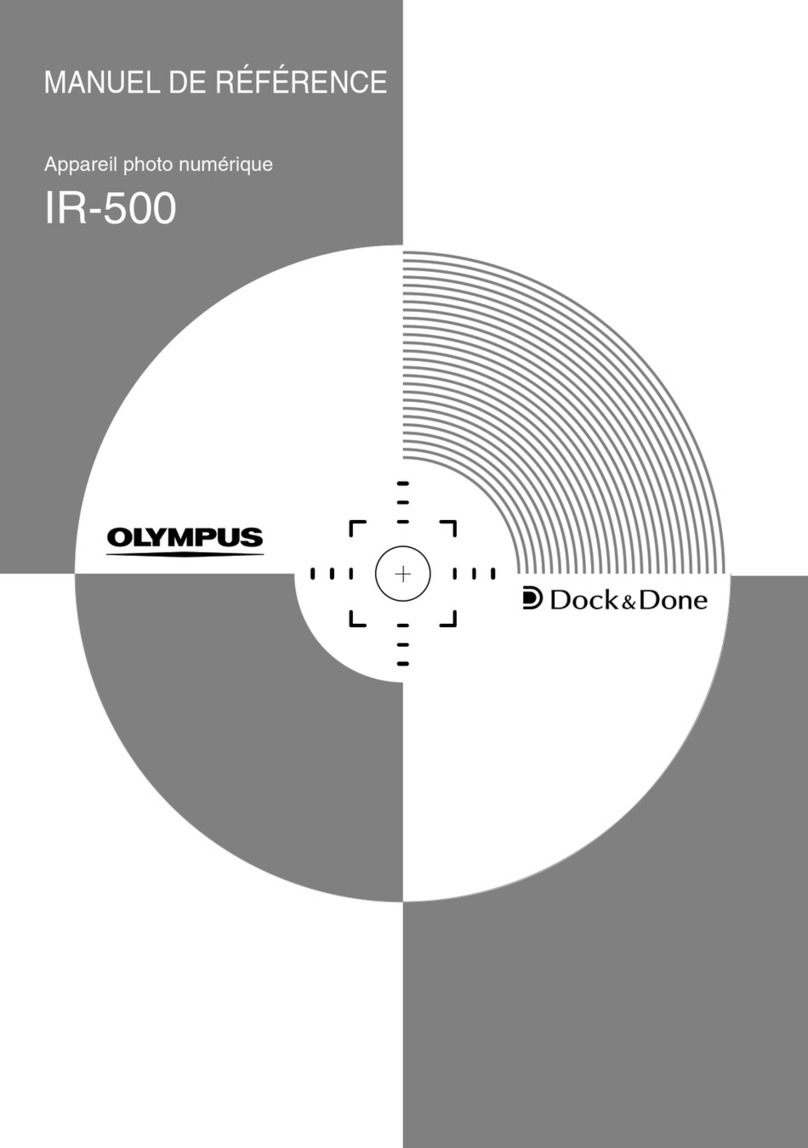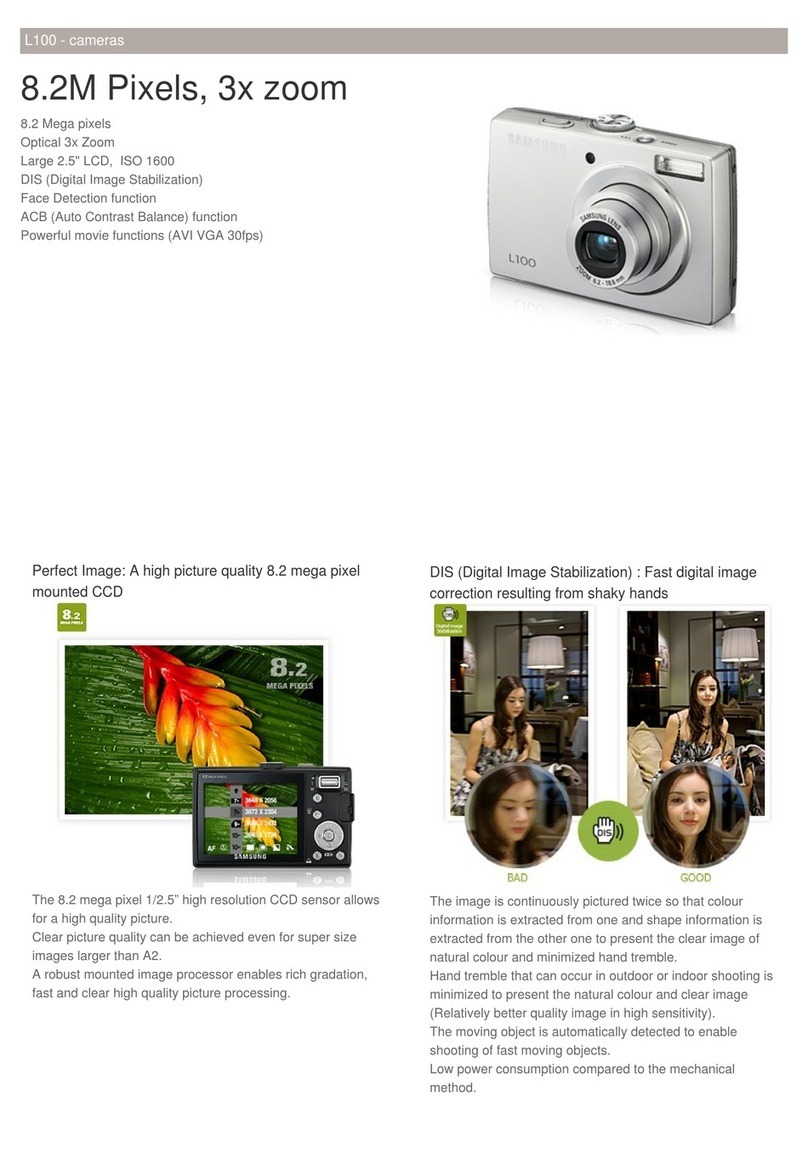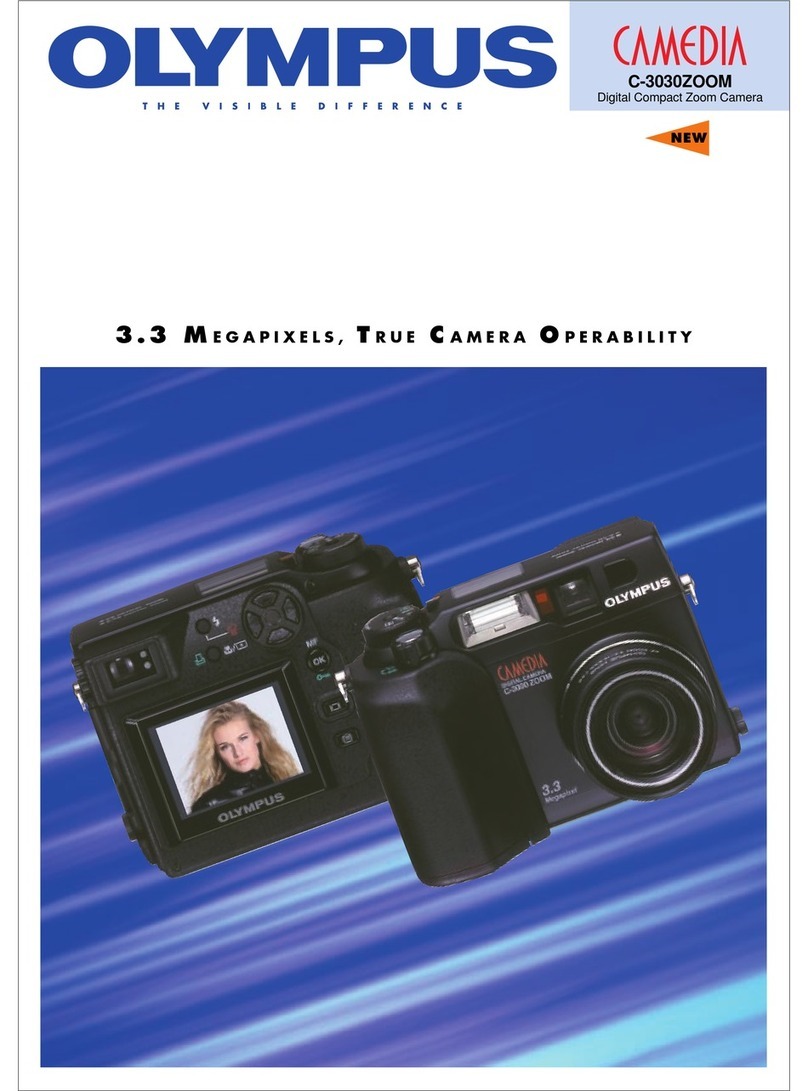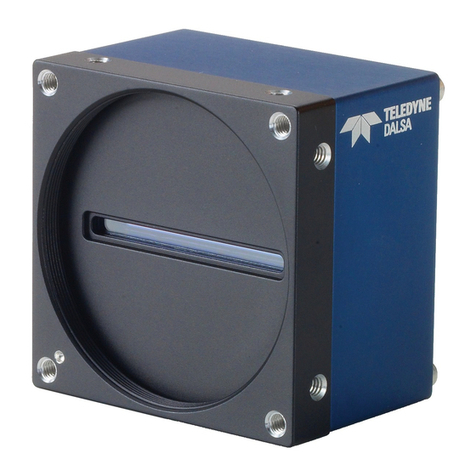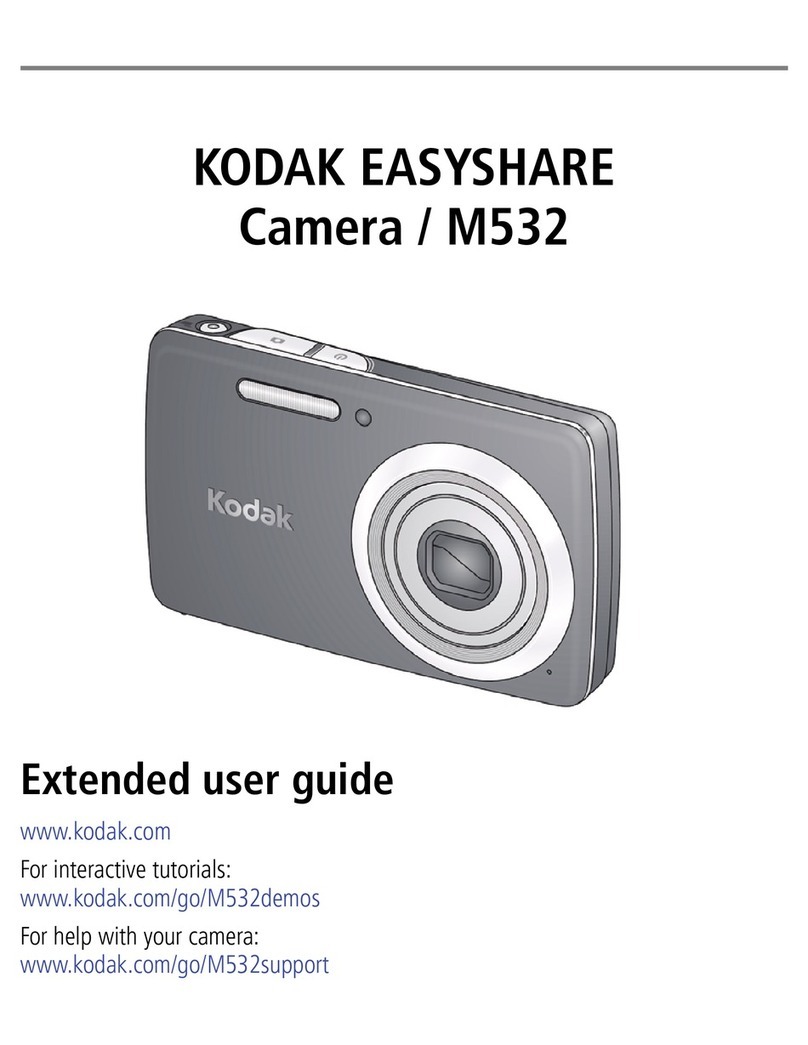
I
Thank you for purchasing the Nikon
COOLPIX
AWll 0 digital camera.
This
guide
introduces the procedures necessary for first
time
use
of
this camera.
To
ensure proper
use,
please read and
thoroughly
understand the information
provided in "For Your Safety"
([028)
before using the camera.
For
more detailed information, please refer
to
the digital
Reference
Manual, which
is
located on the included
CD-ROM.
For
information on viewing
the
camera's digital
Reference
Manual,
see
"Viewing the Reference Manual
CD"
described below.
Be
sure
to
read
11
<Important>
Shockproof, Waterproof, Dustproof,
Condensation, GPS" and "Wi-Fi {Wireless
LAN
Network) Function" in
the
Reference
Manual
before using this camera.
Should you need technical support,
we
offer a
number
of
options.
Internet
Please
visit the Nikon support
home
page, where you can:
• Search Nikon's continuously updated Knowledge Database for
the
latest technical support information.
•
Use
"Ask Nikon a Question"
to
receive a
prompt
reply from a Nikon professional advisor
to
your e-mail.
• Download
the
latest versions
of
Nikon software or firmware updates for your product, or register
to
receive e-mail notification for software or firmware updates.
For customers in
the
United
States:
www.nikontechusa.com
For customers in Canada:
help.nikon.ca
(English),
nikoncanada-fr.custhelp.com
(Franc;ais)
For customers in Mexico:
nikon.com.mx/soporte
For
customers in
Brazil:
http://nikon.com.br
Telephone
Please
call for technical support and other product assistance. Our professional advisers are standing by
to
help
with
your digital camera needs.
For customers in
the
United States:
1-800-N/KON-UX(1-800-645-6689)
For
customers
in
Canada:
1-877-534-9910
For customers in Mexico:
001-888-565-5452
For customers in
Brazil
:
0800-886-4566 (0800-88 NIKON)
W Viewing the
"Reference
Manual
CD"
The
Reference
Manual
can be viewed using Adobe
Reader,
available for free download from the Adobe
website.
1
Start the
computer
and insert
the
"Reference
Manual
CD':
2
Double-click
the
CD
(COOLPIX AW110)
icon in
Computer
or
MyComputer
(Windows) or on the
desktop (Mac
OS)
.
3
Double-click the
INDEX.pdf
icon
to
display
the
language selection screen.
Click a language and
follow
the
links
to
view
the
Reference
Manual.
An
Important
Notice
about
Accessories
Nikon
COOLPIX
digital camera
is
designed to the highest standards and includes
complex electronic circuitry. Only Nikon
accessories,
such
as
battery chargers, batteries,
and
AC
adapters
are
certified by Nikon specifically for your Nikon
COOLPIX
camera
and
are
engineered
and
tested to operate within the requirements
of
the electronic circuitry
of
our
cameras.
THE
USE
OF
NON-NIKON
ACCESSORIES
MAY
DAMAGE
YOUR
CAMERA
AND
WILL
VOID
YOUR
NIKON
WARRANTY.
Genuine Nikon
accessories
are
available through your Nikon-authorized dealer.
·-------
